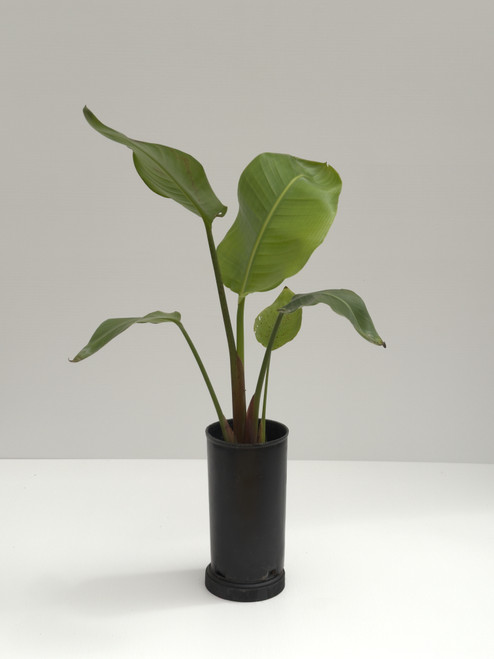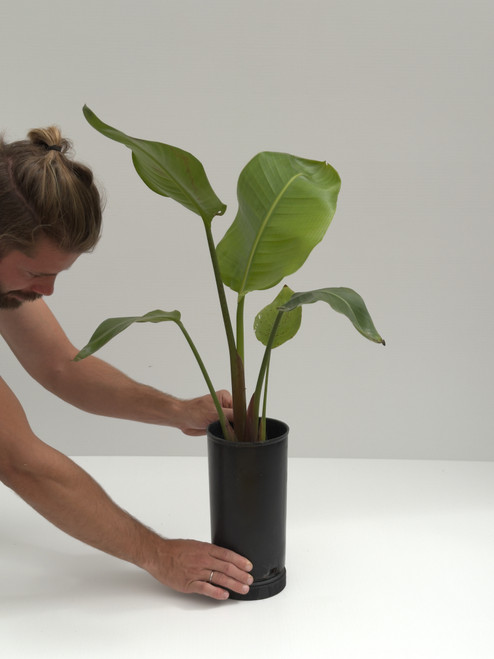Product Description
Habitat and distribution
Angola, Benin, Bermuda, Botswana, Burundi, Cameroon, Cape Provinces, Caprivi Strip, Central African Republic, Comoros, Eritrea, Ethiopia, Florida, Gabon, Gambia, Ghana, Guinea, Guinea-Bissau, Ivory Coast, Kenya, KwaZulu-Natal, Liberia, Madagascar, Malawi, Mozambique, Namibia, Nigeria, Northern Provinces, Rwanda, Saudi Arabia, Senegal, Sierra Leone, Somalia, Swaziland, Tanzania, Togo, Uganda, Yemen, Zaire, Zambia, and Zimbabwe. Phoenix reclinata occurs throughout tropical and subtropical Africa, northern and southwestern Madagascar and the Comoro Islands. Phoenix reclinata is a widely distributed species growing in a range of habitats, often seasonally water-logged or inundated, such as along watercourses, in high rainfall areas, in riverine forest, and even in rainforest areas (although always restricted to areas of sparse canopy). The species can also be found in drier conditions on rocky hillsides, cliffs and grasslands to 3000 m. The fruits of P. reclinata are animal-dispersed: their bright orange colour and sweet, slightly fleshy mesocarp is attractive to birds (parrots) (Schonland 1924), elephants (Corner 1966), lemurs (Petter et al. 1977), mangabey (forest monkeys) (Kinnaird 1992) and humans. (S.C. Barrow. 1998)/Palmweb.
These palms are native to tropical Africa, Madagascar, and the Comoro Islands, where they are found from sea level to 3000 m, in rain forest clearings, monsoonal forests and rocky mountainsides. They are commonly cultivated in many countries with temperate weather where they freely hybridize with other cultivated Phoenix species.
This tree is native to the semi-arid plains of Senegal, a country in the northeastern part of sub-Saharan Africa. It is now frequently encountered in warm region landscapes everywhere. (floridata.com)
Description
This beautiful and unusual palm grows in huge clumps that can make a striking statement in the landscape. The Senegal date palm is variable in shape and form but tends to grow as clumps composed of multiple stems reaching 25 ft (7.6m) to 50 ft (15 m) in height. These slender stems are covered with brown fiber and tend to curve away from the center of the clump in graceful arcs. They are topped by crowns of dark green to yellow green pinnate (feather shaped) fronds. The leaves are up to 8-15 ft (2.4-4.5 m) long and about 3 ft (0.9 m) wide and recurve attractively toward the ground. The leaf stem is armored with vicious needles near the trunk. Male and female flowers are borne on separate plants. Both are borne on 3 ft (0.9 m) branched inflorescences. The fruit, called a date, follows the female flower. It is similar to the dates we buy in the store but is smaller and has less flesh and is mostly seed - they also don't taste very good although they are edible. (floridata.com)
Culture
Moisture: Drought tolerant. But looks more attractive and grows faster if periodically watered.
Hardiness: USDA Zones 9a. Can handle temperatures to around 25º F (-3.9º C) if not colder.
Propagation: By seed, and by division of clumps, but by division of clumps is a real chore. (floridata.com)



















